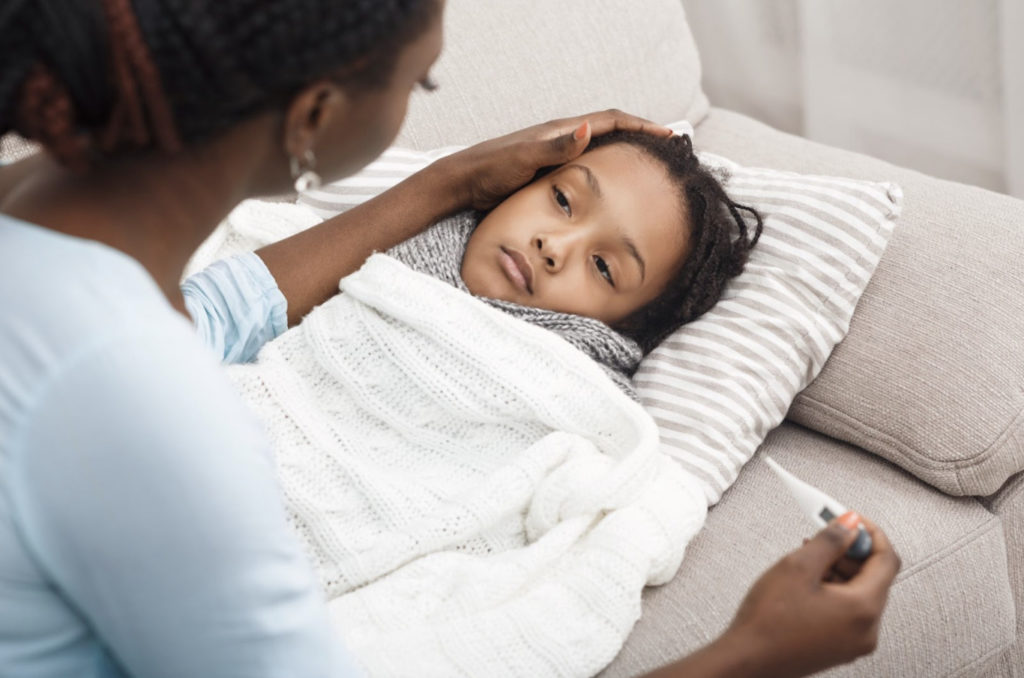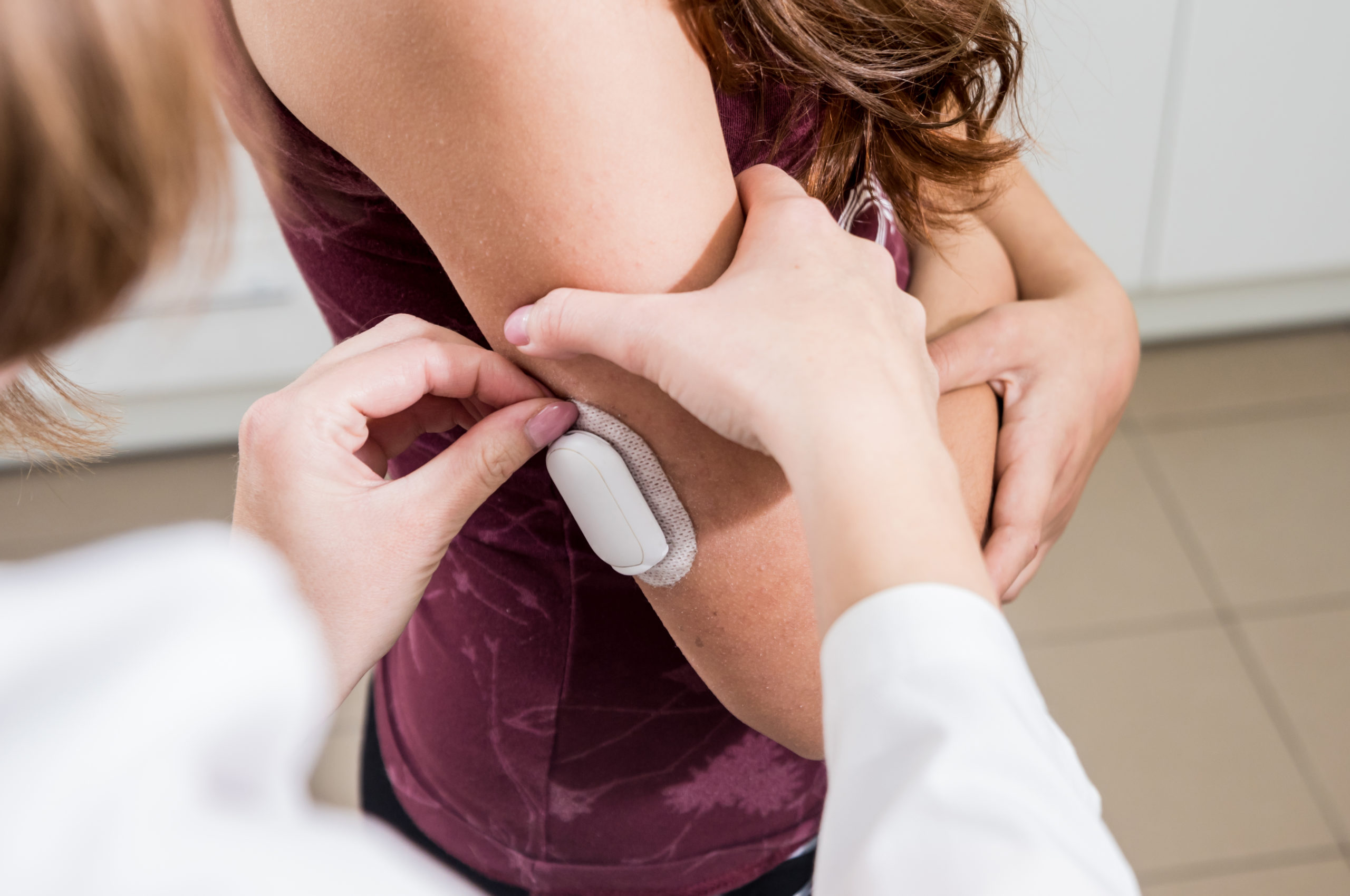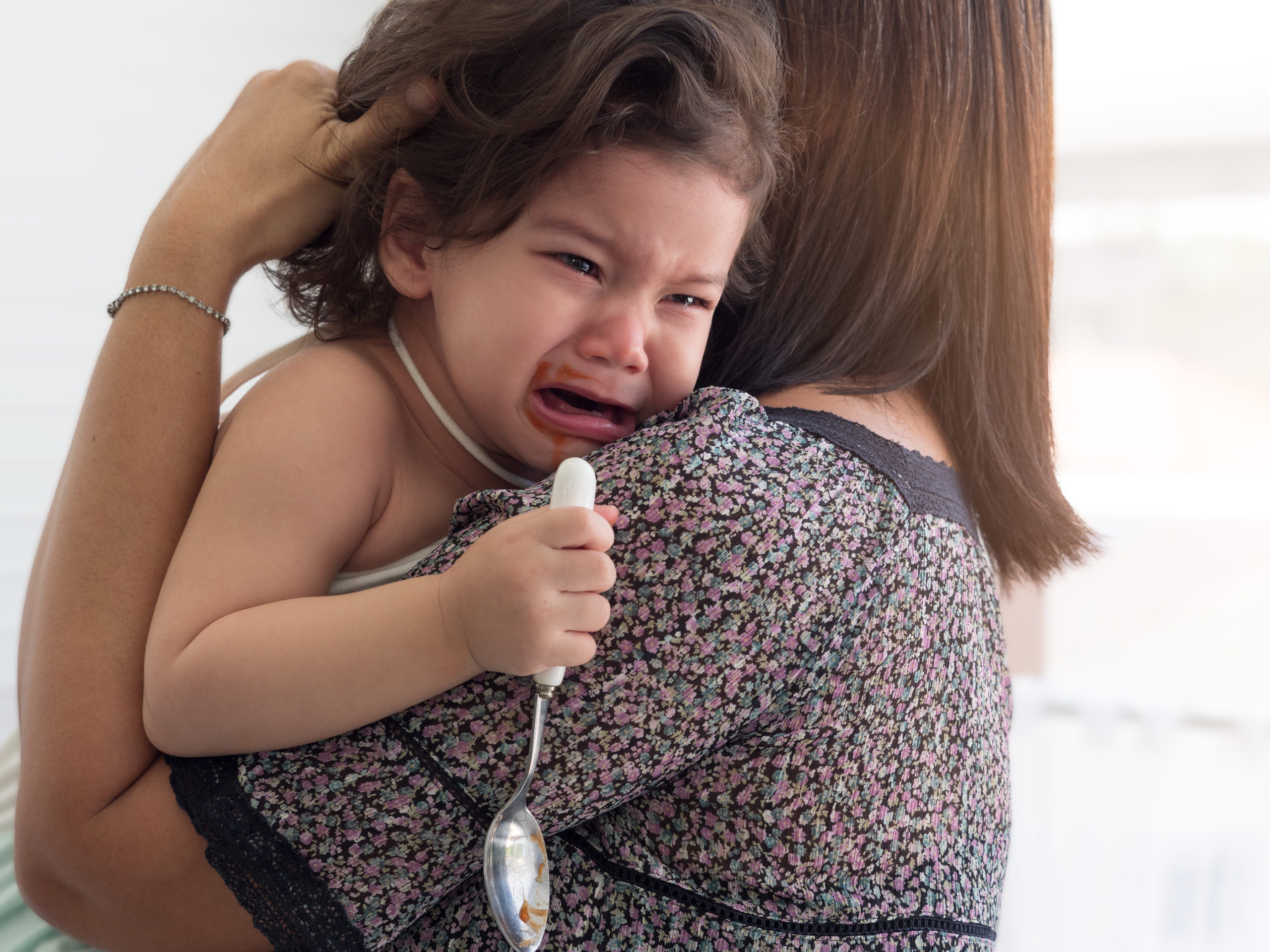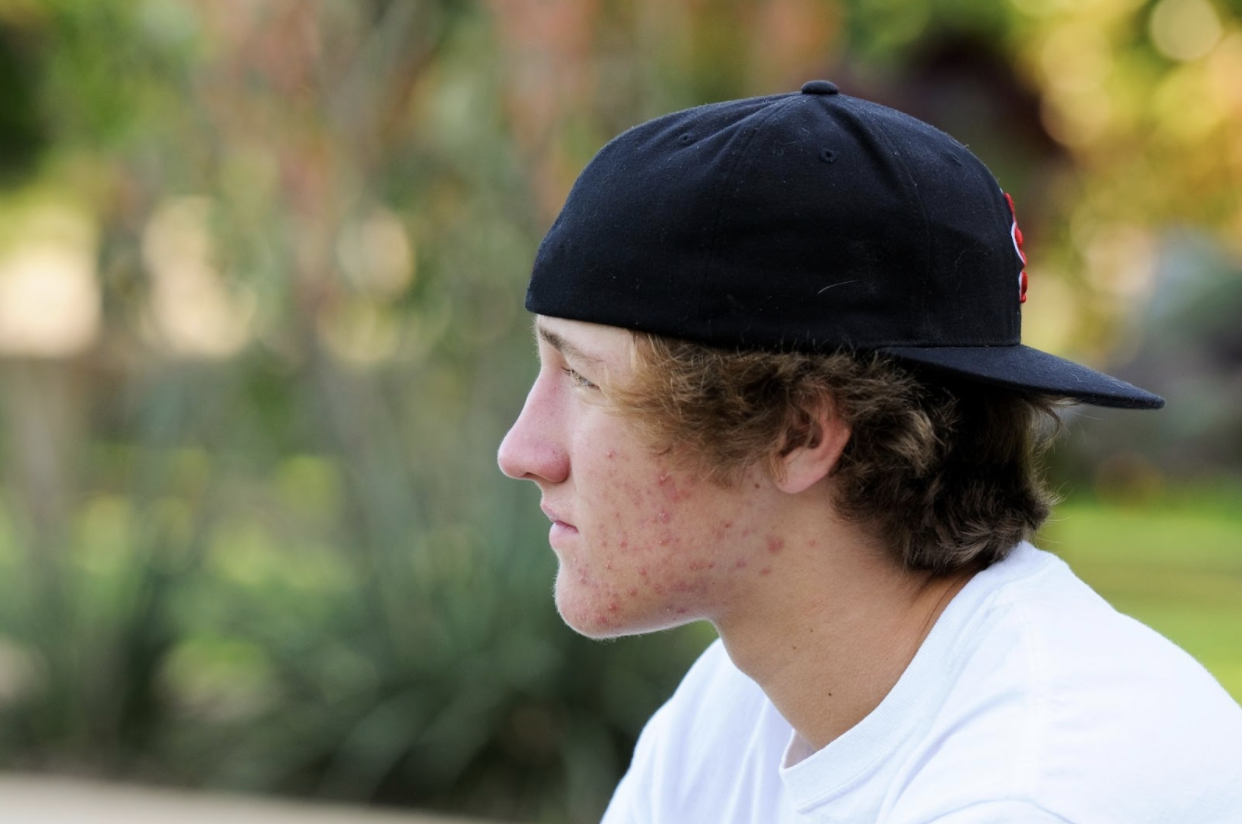It’s midnight and your child is struggling with some sort of illness. Is it viral, bacterial, maybe something she ate? You’re exhausted, your partner is exhausted, and your child looks miserable. What’s the next best step to take for your son or daughter? It can be tough to know when you’re sleep-deprived and probably feeling a little panicked about a nighttime trip to the emergency room/E.R.
5 ways you can quickly decide if your child needs to go to the E.R.
1. Get an Accurate Temperature
You do not have to go to the ER every time your child has a fever. If your child is under 2 months old and has a rectal temperature >100.4 F, then please call your provider immediately.
If your child is over 2 months old and has a fever >100.4F, you may give them Tylenol.
If your child is over 6 months old with a fever >100.4F, you may give them Motrin or Tylenol.
Please see our weight-based medication dosing chart. If your child has a persistent fever >100.4F for 3 or more days, please contact our office or schedule an appointment online to have your child evaluated.
How to take a rectal temperature:
- Clean the end of the thermometer with rubbing alcohol or soap and water; rinse in lukewarm water and dry. Apply a small amount of lubricant, such as petroleum jelly, on the end.
- Place your child tummy down across your lap. Hold the child by placing your palm against his lower back. Or, place the child face up and bend his legs to the chest. Rest your free hand against the back of the thighs.
- With the other hand, turn the thermometer on, and insert it ½ to 1 inch into the anal opening (not too far). Hold the thermometer in place loosely with two fingers, keeping your hand cupped around your child’s bottom. In about a minute, when you hear the beep, remove it and check the reading.
2. Watch for Signs of Dehydration
It is a bit easier to track dehydration for babies and toddlers. Here’s what to watch for:
- Fewer than six wet diapers per day (for infants), and no wet diapers or urination for eight hours (in toddlers).
- No tears when crying.
- Dry tongue and dry lips.
- Sunken soft spot on infant’s head.
- Sunken eyes.
- Deep, rapid breathing.
- Cool and blotchy hands and feet
In older children (5+), watch for:
- Child is not drinking enough or eating enough, or can’t drink liquid without vomiting or diarrhea.
- Looks tired.
- Has dark yellow urine or decreased urination.
- Has dry mouth and eyes.
- Is cranky or irritable.
- Vomits more than one time in 24 hours.
- Diarrhea more than one time in 24 hours .
3. Check for Respiratory Distress
If your child appears to be turning bluish in color around the mouth, inside of the lips, or on the fingernails, proceed straight to the emergency room. The color of the skin may also appear pale or gray.
Other signs of respiratory distress can include:
- Breathing rate – An increase in the number of breaths per minute
- Grunting sound – that can be heard each time the person exhales.
- Nose flaring – the openings of the nose spreading open while breathing
- Retractions – the chest appears to sink in just below the neck and/or under the breastbone with each breath
- Sweating – more often, the skin may feel cool or clammy. This may happen when the breathing rate is very fast.
- Wheezing – a tight, whistling or musical sound heard with each breath
- Stridor – a sound heard in the upper airway when the child breathes in.
- Accessory muscle use – the muscles of the neck appear to be moving when your child breathes in.
- Changes in alertness – the child is more tired and may indicate respiratory fatigue
4. Change in Behavior, Dizziness, or Speech
If your child is experiencing one or more of the above symptoms (high fever, dehydration, respiratory distress), and this is accompanied by a change in behavior, dizziness, or difficulty speaking, it’s time to head to the emergency room.
Change in behavior can be any of the following:
- Lethargy (more than simple tiredness, the child cannot be easily roused)
- Confusion
- Aggression
- Disorientation
Dizziness can be any of the following:
- Light-headed feeling when standing or walking
- Trouble balancing while standing or sitting upright
- Complains of the room spinning, or the child describes a feeling of spinning
5. Call Your Pediatrician, the Emergency Room, or After-Hours Pediatrician line
Wait, why is “call the doctor” number 5 on the list? Shouldn’t I call my pediatrician first?
You certainly can! But know that the pediatrician, or the emergency room charge nurse, will ask you for information regarding all of the above. He or she will want to get an accurate temperature, know if the child is dehydrated, having trouble breathing, or behaving differently. If you’re a Thrive Pediatrics family, contact us here.
It’s Important to Stay Calm
It can be scary when your child is very ill, but remember to stay calm and monitor the above symptoms closely. The more information you can provide will help you and your doctor decide right away what is the next best course of action to keep your child safe and get your baby feeling better quickly.





